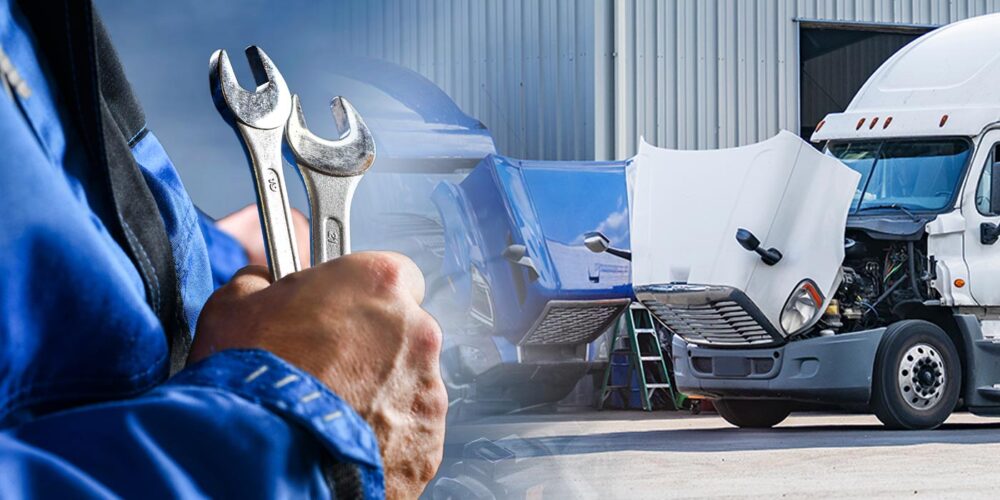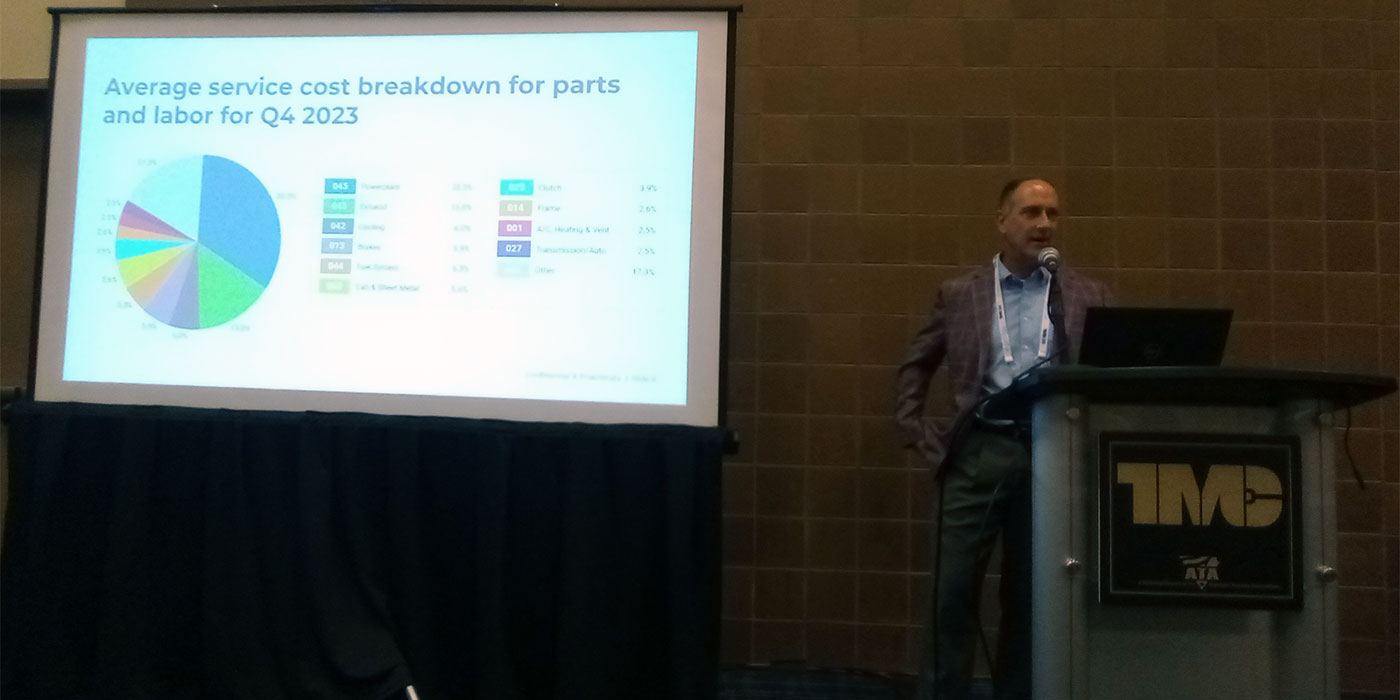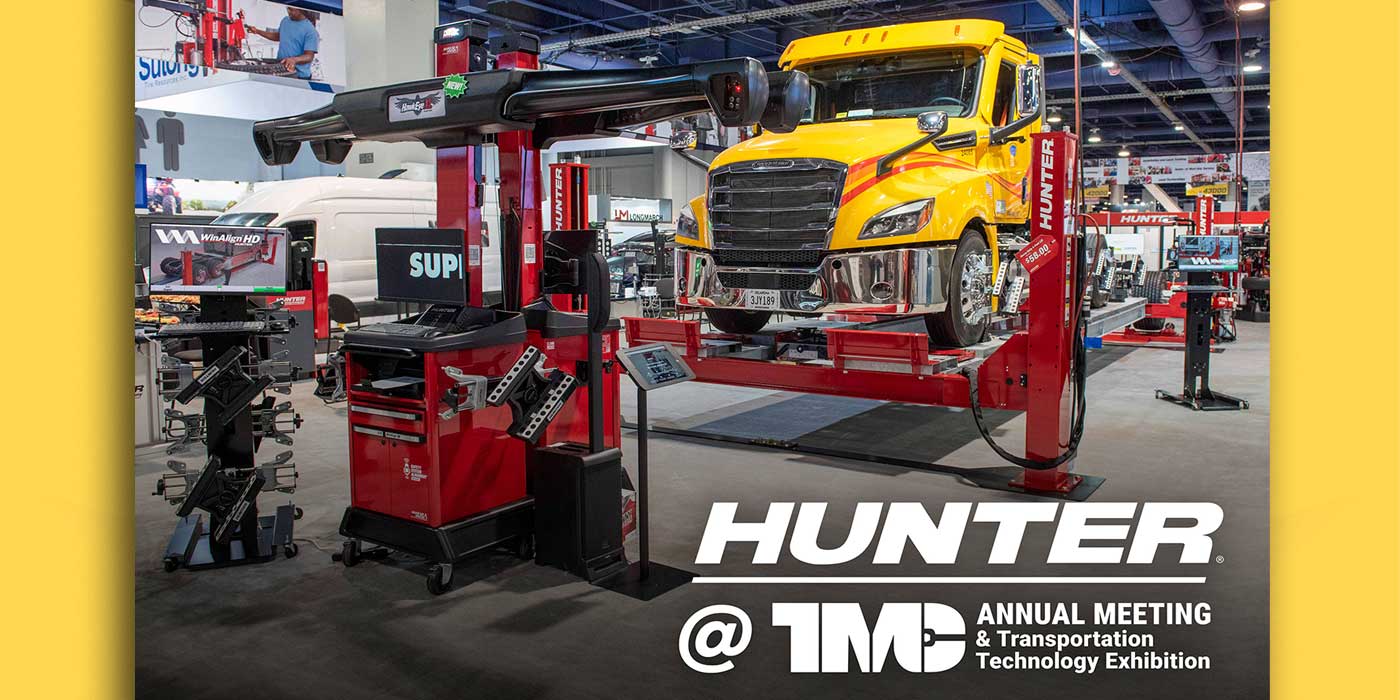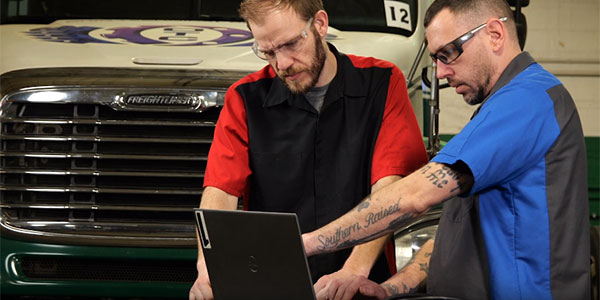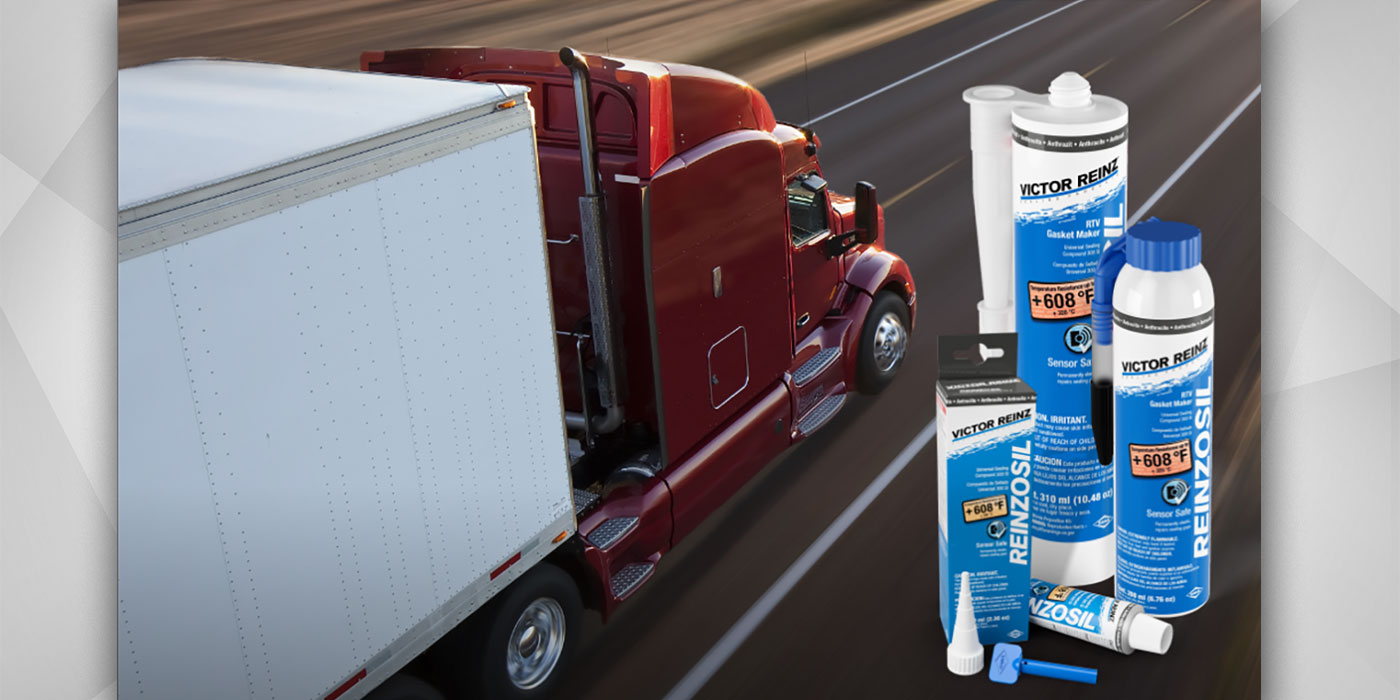Imagine that a dozen hungry people are waiting anxiously at an elegant table as a steaming hot roast is carried into the dining room on a platter. A server carves this excellent dinner entrée and places a portion on a plate, while a second server delivers a plate, along with a single knife, fork and spoon to the first guest. A few minutes pass and one of the more communicative guests asks, “What about the rest of us?”
“We only have the one place setting,” the server responds. “You must wait your turn.”
Obviously, it is difficult to imagine such a thing ever happening in a restaurant, but do we have the same difficulty imagining technicians waiting to share what may be the only scan tool in a busy shop?
Not many years ago, as computer-controlled features were just beginning to be a regular part of a technician’s daily service activities, many large shops could easily get by with a single scan tool. After all, the only time the technician really needed it was to pull codes and then get to work with service information, a DVOM, and maybe a test light. Someone else could then take the tool for another job.
Today, however, vehicles are increasing in complexity every year. Not only are more systems becoming computer controlled, but the tasks those systems now perform are increasingly dependent upon the electronic controls. It is not at all uncommon to have hundreds of diagnostic trouble codes available on a single system.
There is no question that purchasing
scan tools is not a small decision. Yet,
as costly as they may be, slowing down the shop can be even more costly.
Moreover, in many cases, a scan tool will be required to carry out a part or all of the diagnostic procedure. The odds are much greater than ever before that a technician will need access to the scan tool to not only check for potential codes but also to continue the diagnosis and any potential reset procedures.
Ultimately, it will be up to shop management to determine how many scan tools are needed to maintain an efficient workflow through the shop. There is no question that purchasing scan tools is not a small decision. Yet, as costly as they may be, slowing down the shop can be even more costly. One viable option is to have one or two up-to-date, well-equipped scan tools available, along with several code readers that are less expensive. While the technicians still need to share the scan tool, the initial inspections can often be carried out with a code reader.
It would be a shock for any of us to have to wait in a restaurant while a single plate was passed from diner to diner. But many technicians have experienced the wait for a scan tool. In some respects, it’s just part of their job. However, when the technician has ready access to the tools needed, it’s much more likely they will be efficient and complete a repair or service accurately for the customer. And a satisfied customer is always the goal—whether you’re serving up a roast or a vehicle that has been returned to proper operating condition.
Additional tips for repair and maintenance of Class 4-8 trucks may be found in the Mitchell 1 ShopConnection Truck blog: mitchell1.com/shopconnection/category/truck.
Jake Schell is the associate product manager for Mitchell 1’s Commercial Vehicle Group.






